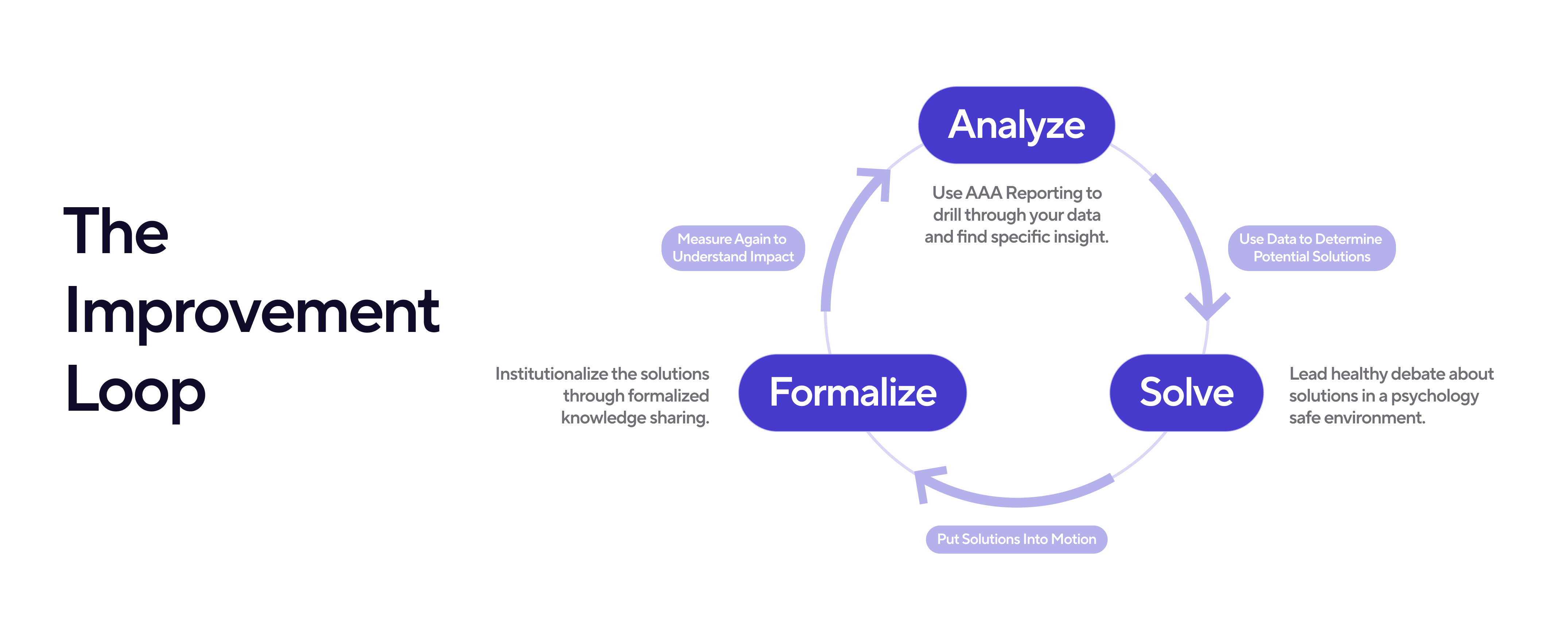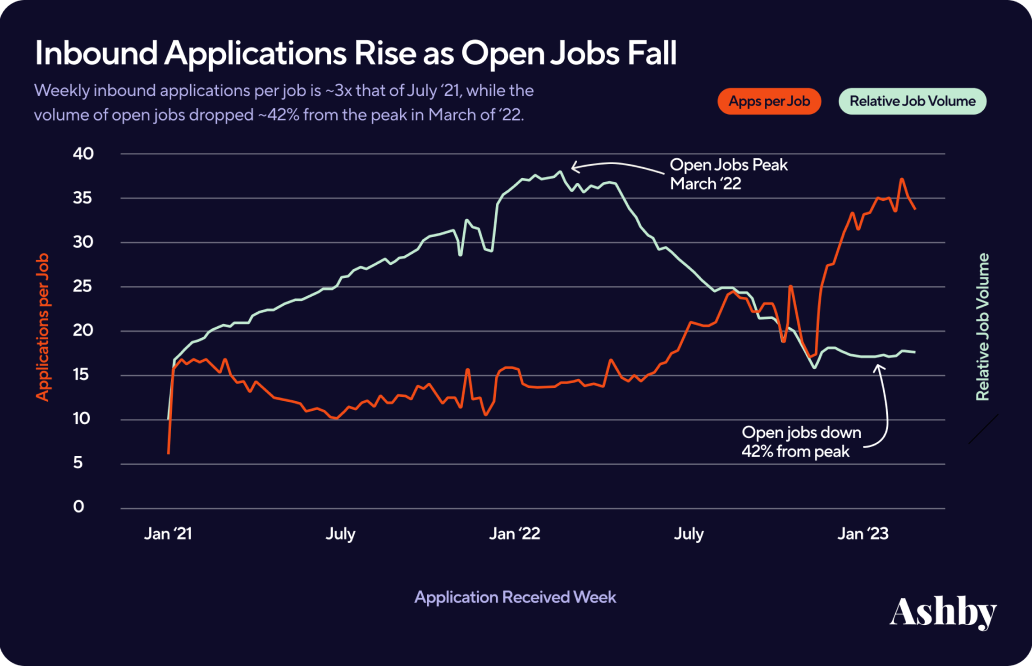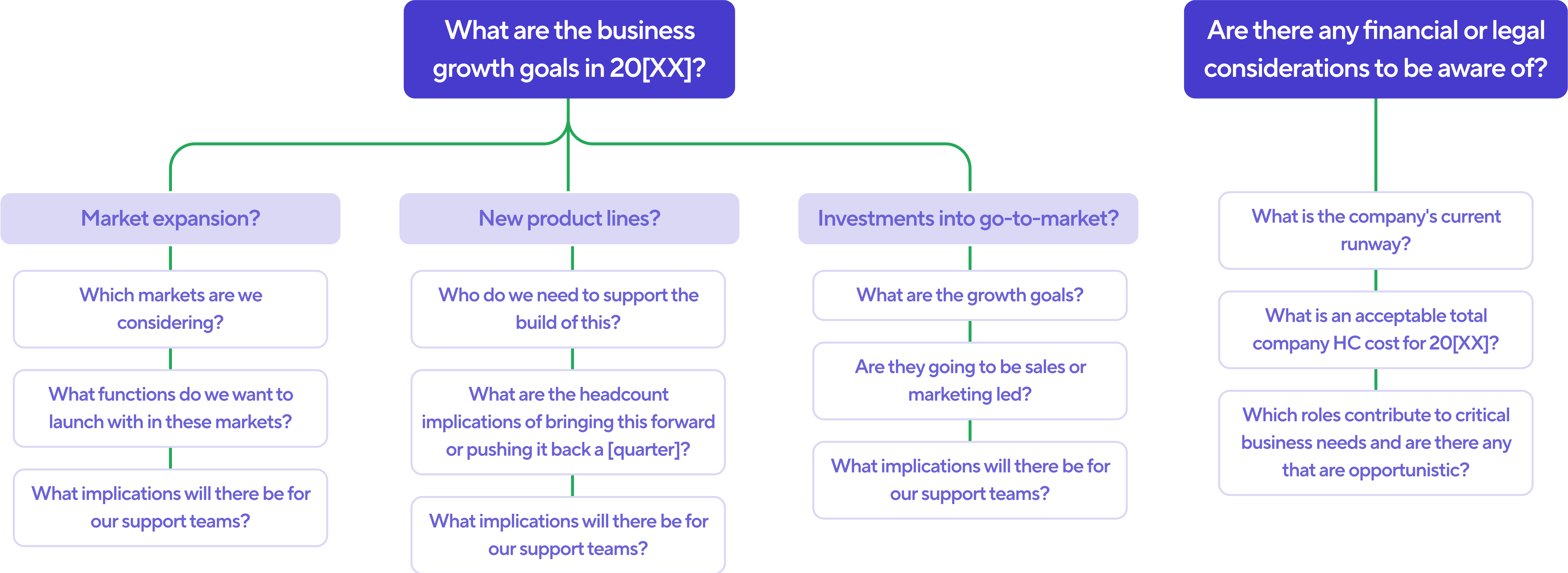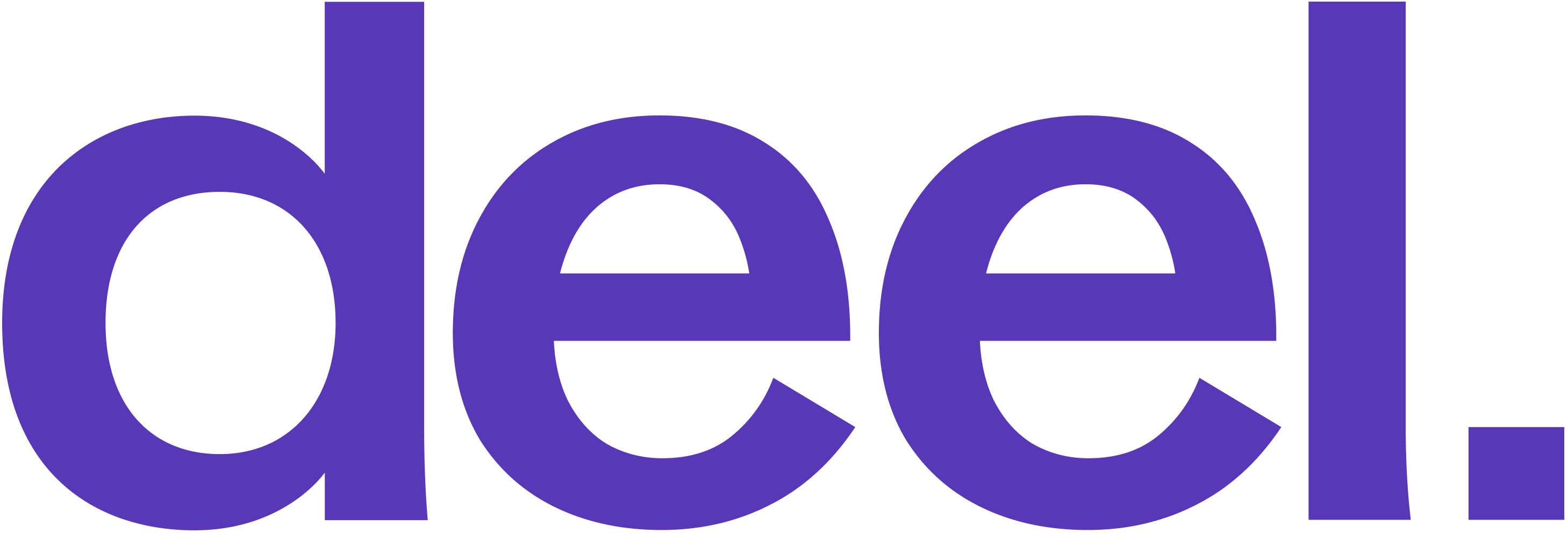Introducing the Hiring Excellence Framework
25 minute read
A Modern Framework for Top Performing Talent Teams
Over the past decade, demands on Talent Acquisition (TA) teams have drastically changed.
Increasing competition for top talent has forced companies to rethink their approach to recruiting. In tandem, leadership is more consistently realizing that strong talent is mission-critical to growth — and sometimes even survival. A McKinsey report underscores this, unveiling how companies that excel at recruiting are twice as likely to be market leaders.
Yet, 82% of Fortune 500 companies don’t believe they recruit highly talented people. Intensifying this disconnect is the competition for talent, which continues evolving with volatile markets and shifting demands. Combined, these factors have made it very difficult for TA teams to maintain pace across multiple seasons of change.
To name just a few of the competing priorities TA teams are now having to navigate…

Some of these dramatic changes have left TA teams behind; other teams have made changes to set themselves apart and develop a competitive advantage. No matter where you fall on the spectrum, all TA teams share the same goal: Attract the best talent as quickly and efficiently as possible.
At Ashby, we sought to explore how this comes to life and what it takes to make it a reality. Through thousands of hours of research and hundreds of conversations with talent leaders, we sought to better understand the strategies and tactics behind the most successful TA teams.
The How: 3 Foundational Pillars
Through these conversations with high performing talent teams, we found that the “how” behind their work can be distilled into three pillars:
- Continuous Improvement
- Operational Efficiency
- Organizational Agility
While these pillars reflected the foundational ethos of their work and projects, “what” the actual work was shifted based on priorities.
The What: 4 Core Competencies
As we dug deeper, we mapped four core competencies TA teams needed for breaking down their processes and focusing on what’s most urgent for reaching their recruiting goals.
A. Strategy & Planning
B. Candidate Attraction
C. Candidate Evaluation
D. Stakeholder Engagement
These four core competencies sit on top of the three foundational pillars, and together, form what we call the Hiring Excellence Framework.

Why Hiring Excellence? A Modern Operating Model
Old maturity models that plot recruiting efforts on a linear graph from "tactical" to "strategic" simply aren't adequate anymore. Such models fail to adapt to the complexity of the modern talent landscape. While in theory almost all the attributes of maturity models are valuable, we believe they also end up…
❌ Detracting from focus
❌ Stretching already resource constrained teams
❌ Failing to acknowledge the messy complexity of today's hiring environment
“I think most people here today know – recruiting isn’t a linear track. And being good at everything is far less valuable than being excellent at the things your business needs. In fact, the talent space is changing so fast, the world won’t wait for you to get to maturity.”
— Jim Miller, Ashby VP of Talent & People
At Ashby, we believe it’s better to understand the needs of the business today and empower your team to unlock that success now. That’s why our Hiring Excellence Framework instead…
✅ Acknowledges the messy and ever-evolving hiring environment
✅ Understands where your organization needs immediate focus
✅ Provides a flexible approach for reaching your near-term goals
When done thoughtfully, the Hiring Excellence Framework will have outsized impacts for your business in the medium and long term.

The 3 Foundational Pillars of Hiring Excellence
The best part of this framework is in its flexibility to meet any need an organization may have. Let’s walk through how to enable this in more detail. We’ll also bring the framework to life with examples from high functioning talent organizations.
Pillar 1: Continuous Improvement
As its name implies, Continuous Improvement is about continuously understanding what is going well today, what can be done better, and where to focus next. This pillar promotes a culture of actionable reporting, a mindset of failing forward, and strong knowledge sharing — which then brings you right back to the beginning to measure again. In more detail:
- Accessible, Accurate, and Actionable (AAA) Reporting: Drilling through each layer of data allows you to have specific enough insight to make purposeful decisions that continuously improve the business every day.
- Promoting Psychological Safety and Celebrating Failing Forward: True in many startup cultures already, but creating a space to learn from mistakes helps a team collectively improve.
- Formalized Knowledge Sharing: Whether through meetings or ATS automations, having knowledge sharing baked into the core of your recruiting operations can be the difference between continuously improving your recruiting programs and keeping them stagnant.
You can see how this all can work in an improvement loop.

Continuous Improvement in Action at FullStory
Pillar 2: Operational Efficiency
Operational Efficiency dissects a TA team's operating model by deeply understanding, tracking, and documenting your processes and workflows. Even teams that accomplish all their highest priorities can operate in an inefficient way that doesn’t make them a valuable function to the business. For example, bringing in world class hires that take 200 interviews each to get to.
Achieving Operational Efficiency requires you:
- Employ the Optimize, Automate, and Streamline (OAS) Model: This model focuses your resources on the most impactful outcomes for delivering higher quality candidates that convert to employees faster. We’ll share more on it in the coming months.
- Develop Pipeline Efficacy: Top talent teams we’ve spoken with are managing high volume applications and need to find the best candidates without misusing valuable recruiter, hiring manager, and hiring panel time.
- Clear, Concise, and Compelling (CCC) Documentation: CCC ensures both historic knowledge and changing information is easily accessible for new and veteran team members alike. Reducing upfront training investment through CCC helps teams stay nimble.
Operational Efficiency in Action at Ramp
Pillar 3: Organizational Agility
From shifting market conditions to evolving new technology, the last few years have made it evident how talent teams need to remain nimble. An organization can go from Hyper-Growth to Low Incremental Growth in a matter of days. The former prioritizes headcount as the highest priority goal while the latter emphasizes Quality of Hire.
Keeping your recruiting organization agile means deeply developing:
- Process for Evaluating / Adopting New Technology: TA is one of the most complex functions within an organization, requiring more collaborators than almost any other part of a business. Understanding how new technology is introduced and employed can help a team uplevel the way they work.
- Opportunities to Upskill Team: As new technology, tools, or processes are adopted, agile teams will uplevel their organization by replacing grunt or manual work with higher value outputs — whether that’s investing in top tier human touch with various stakeholders, digging into more complex data, or general recruiting operations.
- Regular Pulse Sessions: Fostering strong working relationships with leadership such as department heads not only helps TA teams be seen as strategic partners within a business, but also helps stay ahead of evolving trends or regulatory changes.
Organizational Agility in Action at Multiverse
The 4 Core Competencies of Hiring Excellence
Remember that great talent teams are open to switching areas of focus as the needs of a business evolve. The Hiring Excellence Framework’s competencies are not listed in a particular order to follow; instead they’re key pieces of an always evolving set of priorities to always return to and benchmark yourself against.
Of course, your approach to these competencies can change based on your hiring goals. In fact, headcount goals can help drive focus by helping determine which areas of work to emphasize or de-emphasize.
Mapping the Core Competencies to Headcount Goals
It can be helpful to view each competency through the lens of your organization's headcount plans. While each business will have unique objectives, our research shows that teams are usually aligned to one of these five growth cohorts:
Cohort 1
Hyper Growth: The goal of doubling (or more) your total team size over a 12-month period
Cohort 2
Fiscally Conservative Steady Growth: Milestone-based hiring with some occasional opportunistic hiring
Cohort 3
Low Incremental Headcount Growth with Plans to Scale: Occurs where short-term, incremental headcount is conservative but the business is anticipating an event (usually fundraising or a product launch) that will be the catalyst for hyper growth
Cohort 4
Consolidation and Maintenance of Team Size: Largely stable and low-velocity hiring, backfilling roles, and managing internal mobility to maintain overall team efficiency
Cohort 5
Reduction of Team Size: Either making large cuts at specific moments of time, including freezing all headcount and relying on natural attrition, or strategic ongoing cuts and reorganizations of teams
With these five cohorts in mind, we can turn to the core competencies to see how they come to life in each of these growth modes.
Competency 1 : Strategy & Planning
Strategy & Planning includes defining the hiring process, setting hiring goals, and tracking progress — all while ensuring that your systems and tools support the full hiring lifecycle. As we walk through each competency, we’ll bring each to life with either an example, data from our Talent Trends Reports, or both.
Strategy & Planning Example: Talent Mapping
We all can recognize how talent mapping helps anticipate and meet hiring goals. Even with the best of planning, these plans can change. The way to enable hiring excellence within this competency hinges on the important distinction between what baseline expectations looks like and what enabling excellence looks like.
- Baseline Expectations: Upon realizing the company requires an additional Account Executive, a solid, experienced team will run the process for hiring this exact role from step zero. They post the role, run the intake meeting, and put a sourcer on it. While this accomplishes the end goal of hiring an AE, it requires running a 1-to-1 hiring process for a job to role.
- Enabling Excellence: High performing, high efficiency teams will instead have already worked with sales leadership to understand what kind of sales team the company is building and what skills are needed to continue growing it. Equipped with this knowledge, excellent teams will, for example, build a list of companies, profiles, and potentially even ideal candidate profiles. When that AE role inevitably opens again, this recruiting team’s first step would be to first reach out to those from their already existing database before kickstarting the entire process from step zero.
This prepared mind happens less often across team sizes today, but is a regular practice for top talent teams we spoke with. Hiring great talent also means knowing how to reliably identify the right talent for your needs. Rather than expecting perfection overnight, we recommend making this a continuous area of investment.
Strategy & Planning Based on Headcount Goals
Each of the activities under Strategy & Planning are important in any hiring environment, but the specific tactics can look different depending on your headcount goals. While we went into detail on Talent Mapping above, the chart below can help serve as a guide for additional activities you may prioritize at each stage.
| Retracting in size | Maintaining size or expansion | Hyper Growth |
|---|---|---|
| Very Important + Internal Mobility and upskilling of existing team + Career ladders and performance expectations + Scenario planning focused on attrition forecasting + Highly cost efficient tech stack and team structure + Generalists (full-stack recruiters) that can be effective across functional areas (tech, biz) + Role prioritization + Flexibility in team structure to be able to scale up or down capacity (furflows, part-time,short-term contractors, bungies or rotations into other depts etc.) Less Important + Strategic workforce planning + Outbound sourcing and pipeline management strategy + Recruiting team onboarding and interviewer/hiring manager training | Very Important + Good process for headcount planning + Internal mobility + Recruiting team capacity planning strategy + Strategic workforce planning, career ladders and performance expectations + Role prioritization + Pipeline reporting: progress to hiring plan, candidate NPS, candidate pass through rate, Interview hours p/hire, pipeline diversity, quality of candidates. + Recruiter productivity reporting: TA activity by stage, Pass through rate of first hiring manager call, outreach volume + response rates, etc. Less Important + Agency / contractor support + Staged role openings to accommodate recruiter capacity | Very Important + Good process for headcount planning and backfill approvals + Recruiting team capacity planning strategy + Pipeline reporting: progress to hiring plan, candidate NPS, candidate pass through rate, Interview hours p/hire, pipeline diversity, quality of candidates. + Recruiter productivity reporting: TA activity by stage, Pass through rate of first hiring manager call, outreach volume + response rates, etc. Less Important + Strategic workforce planning + Role Prioritization + Internal mobility |
Competency 2: Candidate Attraction
In its simplest terms, Candidate Attraction is about having access to the best talent for the jobs your business needs. It encompasses all top of funnel activities that drive candidates to an initial conversation with your business through building credibility, trust, and excitement.
Candidate Attraction Example: Pipeline Generation
Candidate Attraction in and of itself is a major area of focus for any team actively hiring or planning to hire soon. Let’s look at how pipeline generation can improve hiring outcomes here.
- Baseline Expectations: When a new job is live, the standard operation mode may be to start investing in a pipeline with the search starting from scratch and writing a new job description. There is often a reliance on a single channel for candidates which can prevent diverse pipelines.
- Enabling Excellence: Top performing teams realize pipeline generation is an ongoing investment versus a stop-and-go activity. Excellence here can include some or all of the following: Ongoing investment in talent branding, a strong library of job templates to pull from, culture content to remain top-of-mind for candidates, and/or sourcing for key roles your talent mapping signaled you’ll need in the future. All this increases access to top talent and more diversity in hiring pipelines.
Candidate Attraction Trends: Macro Environment Impact
Interestingly, the tactics used for Candidate Attraction are the ones most influenced by the macro environment. Looking at proprietary Ashby data: If we compare 2021 to 2023, we see a shift from a highly competitive candidate market, where outbound sourcing was critical, to a market with ~3x the inbound application volume and fewer roles being advertised.

With this in mind, it’s important to consider both your volume of open headcount and the macro environment when designing your top-of-funnel strategy.
Candidate Attraction Based on Headcount Goals
Overall, different headcount plans lead to different degrees of focus and time allocated to this stage of the recruiting cycle. It’s important to consider the factors that contribute to building a high quality, diverse candidate pipeline now and over the long term. Some of the key activities that define your Candidate Attraction strategy include:
| Retracting in size | Maintaining size or expansion | Hyper Growth |
|---|---|---|
| Very Important + Pipeline generation for roles + Internal mobility + Top of funnel automation, scaled outreach + Specialized and personalized job postings; what makes company and role unique + Diverse high-quality talent at top of funnel + Candidate experience (recruiting coordination, SLAs, candidate briefings) Closing + Internal offer approval process Less Important + Interviewer training + enablement + Incentive programs - referrals + Building talent pool/community + Sourcing [expensive] + Channel strategy based on historical data | Very Important + High quality job posts + Employer brand + Pipeline generation for roles + Mix of specialized and pipeline jobs to attract into candidate pools for higher volume + Job description optimization + Talent mapping Building talent pool/community + Candidate experience (recruiting coordination, SLAs, candidate briefings) + Structured intake process + Ongoing calibration + Ensuring DEI goals are set and being measured Closing +Unified company pitch + Upfront communication on interview process + Upfront communication on comp + benefits + Over deliver on SLA promises + Internal offer approval process Less Important + Interviewer training + enablement + Incentive programs - referrals + Event/Virtual strategy + Channel strategy based on historical data | Very Important + High quality job posts + A/B testing messaging + job posts + Employer brand + Pipeline generation for roles + Mix of specialized and pipeline jobs to attract into candidate pools for higher volume + Incentive programs - internal and external referrals, fast track for prior silver medalists, etc + Job description optimization + Talent mapping + Re-engaging existing talent pools + Structured intake process + Ongoing calibration + Candidate experience (recruiting coordination, SLAs, candidate briefings) + Recruiter + hiring manager load balancing + Interviewer training + enablement + Ensuring DEI goals are set and being measured + Channel strategy based on historical data + Pipeline management automation Closing + Unified company pitch + Upfront communication on interview process + Upfront communication on comp + benefits + Over deliver on SLA promises + Pre-approved offer guidelines Less Important + Building talent pool/community |
Competency 3: Candidate Evaluation
Candidate Evaluation aims to develop a highly predictive process for evaluating a candidate for a company and role. It requires a delicate balance dance where hiring teams assess the candidate while enabling the candidate to get to know the business, role expectations, and build conviction that the employer fits their career ambitions. Candidate Evaluation also spills into monitoring performance for hired candidates, making it the competency most often met with consistency.
Candidate Evaluation Example: Wrong Hires in Seat
Let’s consider a situation where three software engineers are hired into a similar role. For a variety of reasons, two of them were the wrong fit and had to be let go.
- Baseline Expectations: A reactive team will call for an emergency meeting on how to rectify the situation and try to determine what went wrong in the evaluation process.
- Enabling Excellence: Prepared teams will not only have a systematic process for evaluating candidates through predictable interview loops, structured feedback cycles, and clear role expectation setting, but they’ll also have an approach for closing the loop on performance post-hire. With proper tracking in place for each stage and CCC (Clear, Concise, and Compelling) Documentation from our third pillar, teams can more easily prevent such a situation from arising in the first place.
Of course, there are times where someone who performed well in all the hiring loops ends up not performing as expected. Prepared talent teams look at the outcomes of their hiring process post-hire to continuously learn and improve their approach.
Candidate Evaluation Based on Headcount Goals
To help better button up this competency, consider the following.
| Retracting in size | Maintaining size or expansion | Hyper Growth |
|---|---|---|
| Very Important + Mechanism for assessing quality of hire - monitoring post-hire performance, engagement & adjusting interview process accordingly + Deeper job specific assessment - presentations, exercises with real-world prompts + Structured hiring process - role intake and definition, focus areas, etc Less Important + Automated screening | Very Important + Structured hiring process + Interviewer Calibration & Iteration on Interview Process + Debrief process + Pipeline reporting: candidate NPS, candidate pass through rate, Interview hours p/hire, pipeline diversity, quality of candidates + Mechanism for assessing quality of hire - monitoring post-hire performance & adjusting interview process accordingly Less Important + Automated screening + Reference Checking | Very Important + Structured hiring process + Interviewer Calibration & Iteration on Interview Process + Debrief process + Automated screening - knockout questions, upfront assessments, etc + Pipeline reporting: candidate NPS, candidate pass through rate, Interview hours p/hire, pipeline diversity, quality of candidates + Candidate assessment framework + Monitoring post-hire performance & adjusting interview process accordingly Less Important + Reference Checking |
Competency 4: Stakeholder Engagement
Stakeholder Engagement encompasses relationship management between the TA team and anyone who has a say in the hiring process: candidates, hiring managers, interview panels, leadership.
As we’ve noted before, recruiting is often the team that requires the most cross-functional collaboration of any team within the organization. Successful Stakeholder Engagement requires that a company not only understands the importance of recruiting, but also trusts the recruiting team as strategic leaders of their function.
“From our experience there are two key areas that a company needs to focus on when it comes to their internal stakeholders. One is making sure the entire organization understands the importance of recruiting. The second part is that the organization trusts the recruiting function — and I think this is where you see the most dysfunction in otherwise well-run companies, stemming often from a lack of understanding, poor past experiences, or limited insight into what is actually happening.”
— Benji Encz, CEO & Co-Founder, Ashby
Stakeholder Engagement Example: Strategic Leadership
Of all the competencies, Stakeholder Engagement is where your organization has its largest opportunity to take a strategic seat at the table.
- Baseline Expectations: In this situation, talent leaders are often handed hiring plans from department heads and map it to the buy-in and documented process they’ve made visible to the entire organization.
- Enabling Excellence: Excellence is best seen when talent leaders become key decision makers in headcount planning through providing data-backed intelligence on what is happening in the hiring process and proactively educating on the process for how recruiting happens at the company. Having clear expectations with candidates and hiring managers alike helps talent leaders be seen as strategic members of an organization that everybody trusts and goes to for input on how the company will grow.
Stakeholder Evaluation Based on Headcount Goals
The reactive approach can also make teams susceptible to ad-hoc data requests or frantic messages if there’s a perception of no interview activity. Instead, Stakeholder Engagement activity should look more like what’s below. Note that the volume of activity scales dramatically depending on your team's hiring velocity for this competency.
| Retracting in size | Maintaining size or expansion | Hyper Growth |
|---|---|---|
| Very Important + Financial planning and team roles + Strategy and ROI defined for technology investments + Recruiting team mix (roles and FTE/contractor) reflects more flexibility and adaptability to changing demand + Communication re team productivity and capacity + Alignment with HR on impact of people program changes to recruiting - compensation philosophy, performance expectation, location strategy, manager effectiveness, etc + Ensuring alignment on HC approval process: nackfills, Internal mobility, budgets Less Important + Hiring manager training + Compliance: Approvals (Finance), Data Privacy, Salary Transparency | Very Important + Ensuring alignment on HC approval process + Candidate feedback loop and post interview surveys + Strong pipeline reporting and clear tracking on progress to goal + Clear and regular executive updates on overall progress to goal with leadership team + Compliance: Approvals (Finance), Data Privacy, Salary Transparency + Exec/Hiring Manager kept up to date with data + Ease of Use for Hiring Managers Less Important + Hiring manager training + Strategic tagging for rejected candidates to make future reengagement easy + Communication re team productivity + Financial planning and team roles | Very Important + Ensuring alignment on HC approval process + Hiring manager training + Candidate feedback loop and post interview surveys + Strong pipeline reporting and clear tracking on progress to goal + Strategic tagging for rejected candidates to make future reengagement easy + Clear and regular executive updates on overall progress to goal with leadership team + Financial planning and team roles + Compliance: Approvals (Finance), Data Privacy, Salary Transparency + Exec/Hiring Manager kept up to date with data + Ease of Use for Hiring Managers Less Important + Communication re team productivity |
How to Apply The Hiring Excellence Framework
Applying the Hiring Excellence Framework is less about determining where you are on a plot today, and more about focusing on the goals you’re hoping to achieve over the next 12 months.
While this can look different within every organization — and we hope the framework itself has inspired your own approach — we recognize it can be helpful to have a starting point. If that is the case for you, we suggest considering the following four steps.
Step 1: Cross-Functional Alignment
Partner with your senior leadership team to understand the launch plans and growth strategy for the following year to start understanding headcount plans and role or profile priorities. Some questions that can help guide thinking here:

Step 2: Take an Active Role in Growth Plans
Many hiring managers have found themselves staring at a blank canvas as they’re tasked with building out their team. Whether or not a leader has perfected their approach to growing teams, there’s always room for improvement and alignment. Recruiting teams hold the power to have outsized impacts in this planning process and play a more active role in not only the making of headcount plans, but in the envisioning of how an organization needs to evolve to meet business needs or growth plans.
For example, imagine a sales leader works with your team on a hiring plan for 10 new sales reps. Proactive recruiting teams will flag the need to account for a sales enablement hire alongside that increase in activity. The expectation here isn’t to have every hiring outcome or need a functional group may need memorized, but to instead lead the way in how department heads should approach the build out of their functions.
Step 3: Determine Growth Cohort
To identify what aspects of the Hiring Excellence Framework need to be applied, we’ll return to the company growth stages mentioned earlier.
- Hyper-Growth: Doubling (or more) total team size over a 12-month period
- Fiscally Conservative Steady Growth: Milestone-based hiring with some occasional opportunistic hiring
- Low Incremental Growth (With Plans to Scale): Conservative short-term headcount while planning towards an event (usually fundraising or product launch) that becomes catalyst for hyper-growth
- Team Size Consolidation and Maintenance: Largely stable and low-velocity hiring, backfilling roles, and managing internal mobility to maintain overall team efficiency
- Reduction of Team Size: Large cuts at specific moments at time, freezing all headcount and relying on natural attrition, or strategic ongoing cuts and team reorganization
Step 4: Evaluate Current Process
With insight from the above steps, you can start breaking down your current processes to understand what’s working well or where bottlenecks would appear to be successful. Identifying friction can help unveil where to focus — which inevitably evolve as you go!
The Hiring Excellence Story
Curious to hear more about the genesis of this framework and how we see it come to life? Ashby VP of Talent and People, Jim Miller, debuted the framework at the annual Ashby Keynote. Hear his short talk below.



